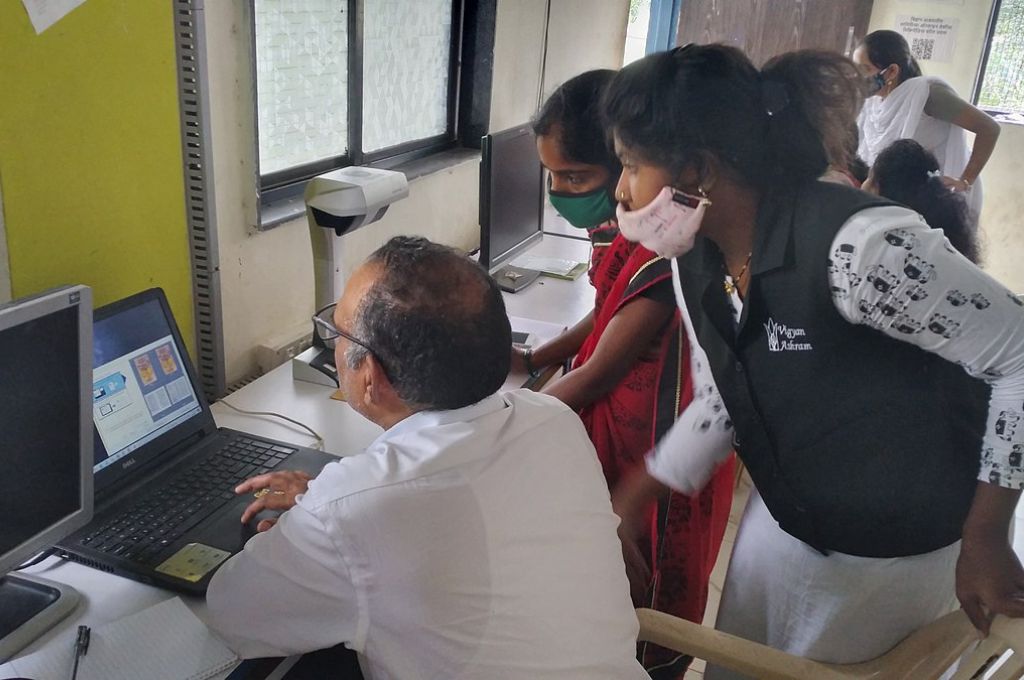The emerging field of digital financial services is experiencing tremendous momentum in India. Efforts are being made across the board to pave the way for new technologies to fulfill their promise to empower consumers and change lives.
Both private and public sectors are investing in building the infrastructure, products, and support frameworks needed to drive digital financial services penetration across the country’s complex marketplace.
India gives every indication of being ‘digitally ready’, with over a billion mobile subscribers, 72 percent mobile phone penetration, including over 250 million smartphones, and an increase in monthly data usage from 89 megabytes per subscriber in 2014 to 240 megabytes in 2016.
However, at the same time, large segments of the population remain in digital darkness. Fewer than five out of 10 women own a mobile phone. In rural areas, less than five percent of adults own a smartphone. Furthermore, 50 percent of smartphone owners across the country do not subscribe to data.
However, large segments of the population remain in digital darkness.
It is clear that delivering new product offerings to the Indian market via the mobile phone won’t be successful without a deep understanding of the complexity of consumers’ needs, desires, and behaviours across such a varied segment base.
Indian consumer segments differ greatly in their aspirations and attitudes toward technology, as well as their access levels and usage patterns. People exhibit significant differences in their appetites for change and risk, underlying values and socio-cultural norms, and levels of education and financial literacy, along with an array of multi-dimensional needs.
Omidyar Network’s report–Currency of Trust–in partnership with Dalberg Global Development Advisors, brings the voice of the consumer to the forefront of this discussion around adoption and usage of digital financial services in India
The report’s findings are a result of in-depth interviews and human-centered design prototyping sessions with consumers across 30 communities in Nagaland, Bihar, Maharashtra, Karnataka, and Telangana, covering a mix of rural, semi-urban, and urban areas.
Related article: Technology for nonprofits: Caution against digital evangelism
These interactions with Indian consumers surfaced key behavioral insights:
This is primarily due to the greater resilience and longer battery life of lower-end phones, but also because internet access is not seen as a priority for these consumers. This means digital financial services providers will need to cater to both technologies in their offerings in order to broaden their customer base.
The survey found that Indian consumers are frugal when it comes to data usage and look for creative ways to save data, such as constantly alternating between 2G and 3G depending on the function in use or pooling resources to set up shared Wi-Fi hot spots. Consumer adoption is also influenced by the number of individuals in their social network who use the same app. This means digital financial services apps need to be lean in data usage and leverage pervasive platforms, such as Whatsapp or UCBrowser.
Despite the low comfort level and lack of familiarity with digital financial services, many surveyed consumers expressed a willingness to start using such apps if the technology addresses unmet needs, offers convenience, and doesn’t challenge socio-cultural norms.
Consumers’ lack of trust in their own abilities is one of the biggest hurdles today for adoption of digital financial services.
Surveyed consumers consider those who use financial service apps to have a specialized skill and cite difficulty grasping financial jargon in on product offerings and legal terms and conditions.According to the research, consumers’ lack of trust in their own abilities is one of the biggest hurdles today for adoption of digital financial services. Lowering the stakes for consumers to experiment with digital offerings is a must for providers.
Simple actions such as removing jargon and complex user interfaces, communicating in local languages, offering easy proof of transaction and grievance redressal, and using bank correspondents to onboard customers, can go a long way in building consumers’ confidence to transact digitally.
“Trust has always been the cornerstone of the banking and financial services industry,” said Smita Aggarwal, investments director at Omidyar Network. But what we have learned from consumers in the field is that providers tend to prioritize time and resources in building trust in their brand, when trust in product reliability and users’ self-trust are the ones that really move the adoption needle.”
The full report can be accessed here




